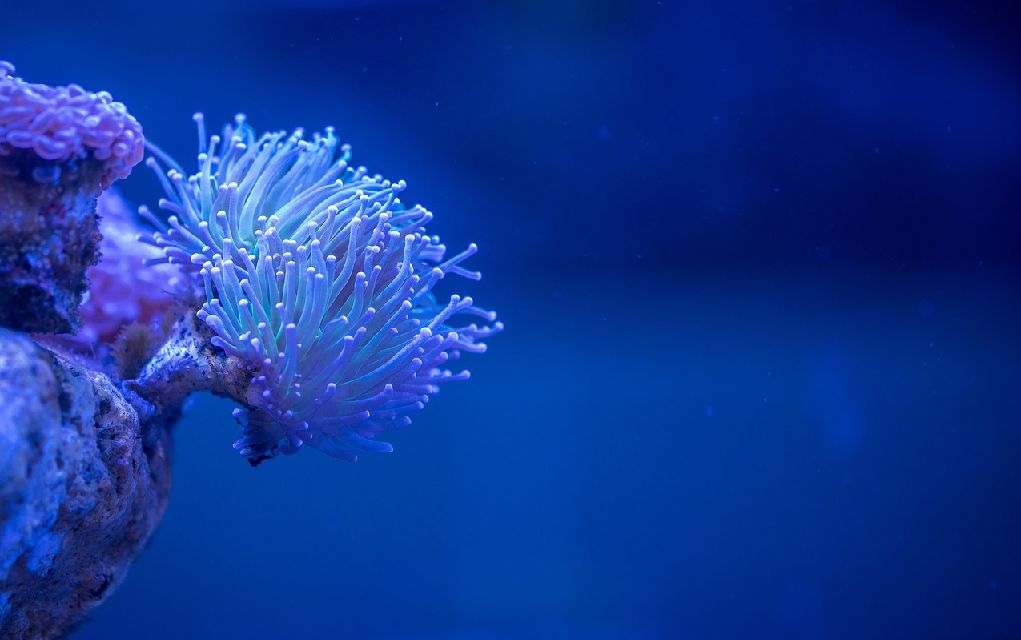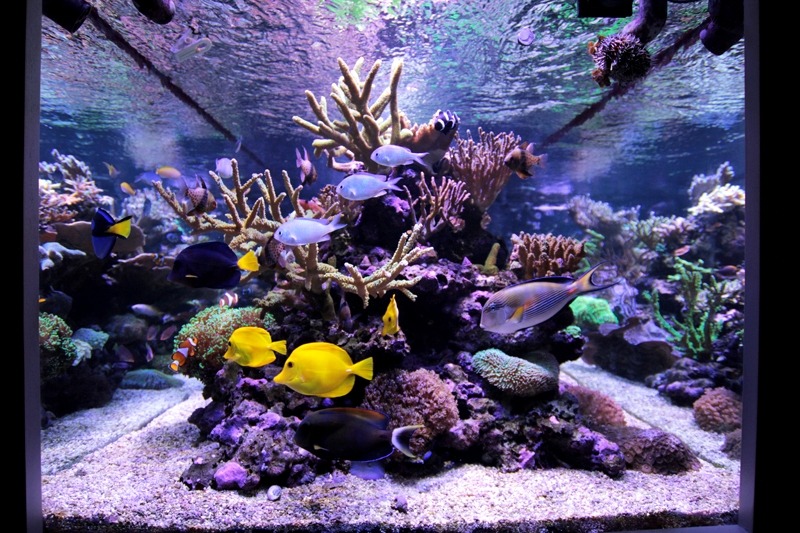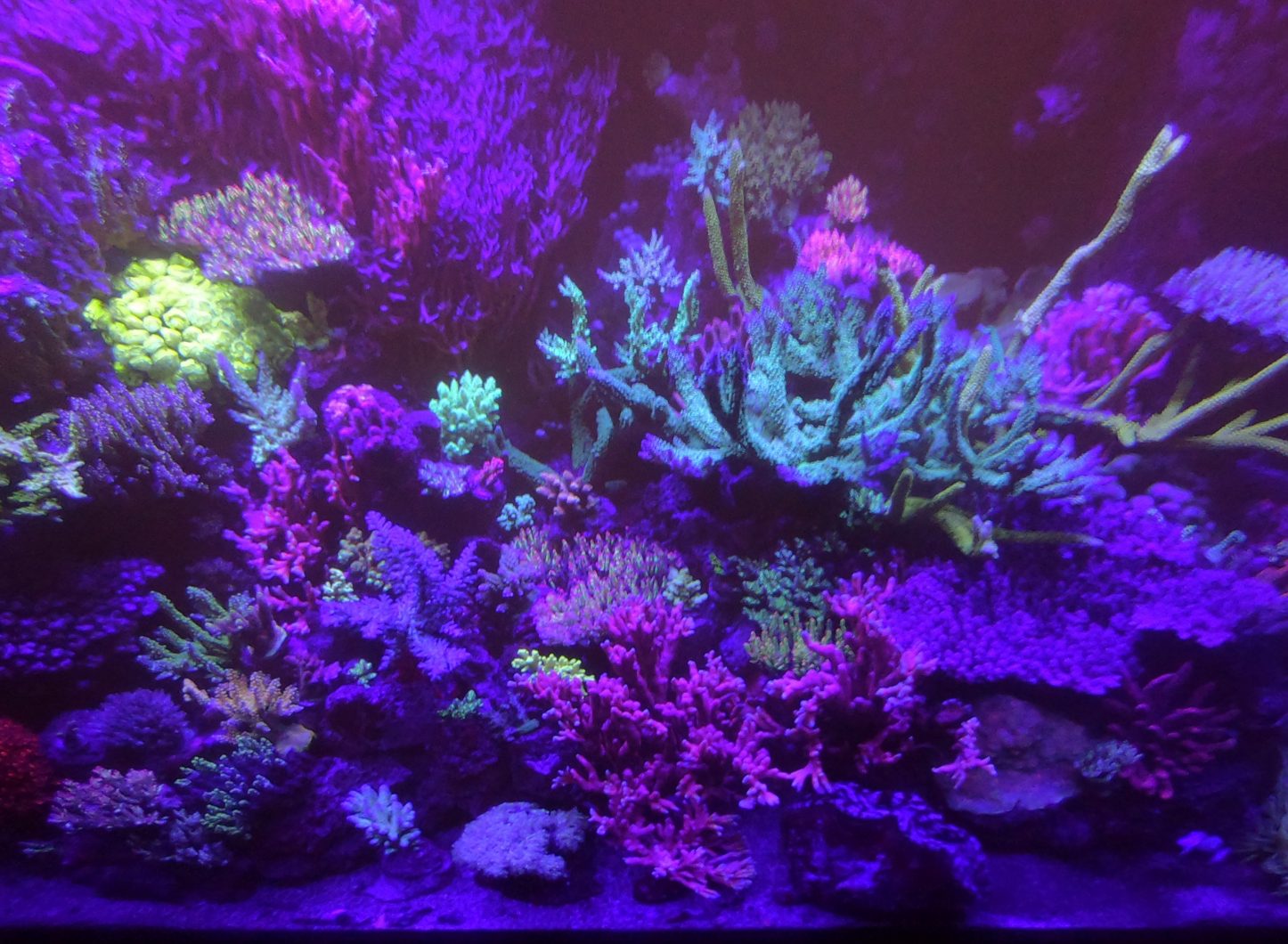Best light spectrum for coral growth we at orphek feel that this is the most complete and beneficial spectrum ever created for a coral reef aquarium.
Best led kelvin for coral growth.
The led lights are also available in 4 100 kelvin and 10 000 kelvin.
Below are the advantages that are involved with the use of led lights to generate the best.
It s because these led lights are the standard type of lights used in the majority of reef aquariums.
The new atlantik v4 spectrum research resulted into the perfect balance between the light corals need and the overall appearance you want to see in your tank.
Led lights are designed to provide the right light spectrum essential for coral growth.
For coral growth you will find different types of marine organisms existing in the reefs.
Finding the sweet spot for the right light spectrum is important to ensure you get the organisms growing right.
In general light with lower kelvin ratings will appear warmer while light with higher kelvin ratings will appear bright white to blue.
The light spectrum or color temperature of aquarium lighting will also alter the appearance of corals.
Different light fixtures with different output impart varying color effects on corals.
Though light for most reef corals should have a great portion of the blue spectrum kelvin ratings do not adequately represent that.
Bulbs that provide 4 100 kelvins are neutral looking lights and will promote leaf and stem growth.
Many led manufacturers will use 7 000 to 10 000k off the shelf leds in their fixtures and an excessive amount of blue leds to compensate for the yellow tinge.
Just trying to find out where the best kelvin is for coral growth as far as i know 6500k promotes macro algae in that light spectrum.
I like a bluer look to the tank i m hoping anywhere between 17 20k is good.
Low kelvin white leds can produce the same nuisance algae growth.
Once you get to know more about the best spectrum then you can generate similar conditions for your coral growth.
Therefore in led lighting the kelvin estimates play a role in chromatic aesthetics and how they appear to humans but do not impact coral growth.


























